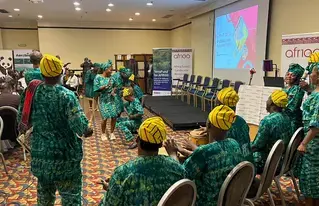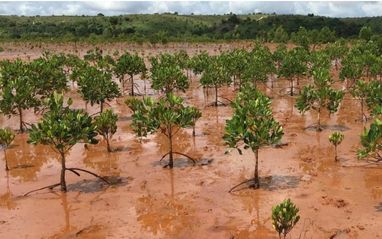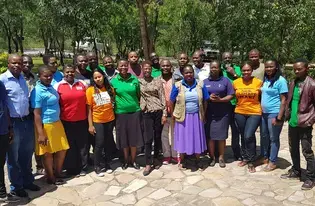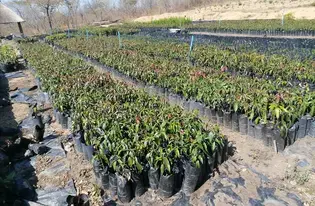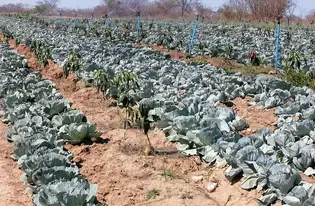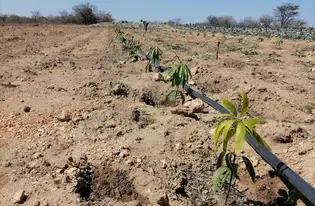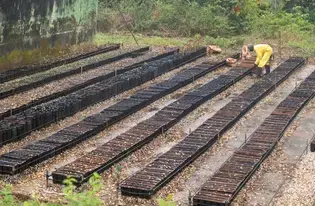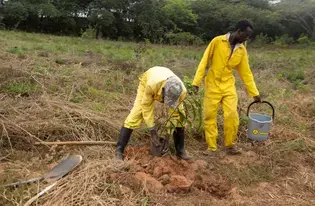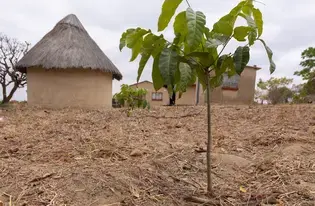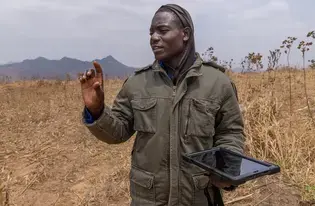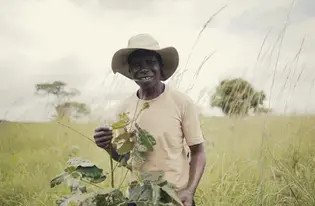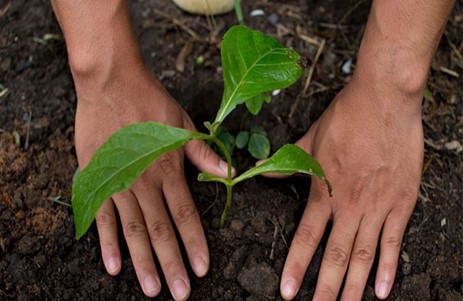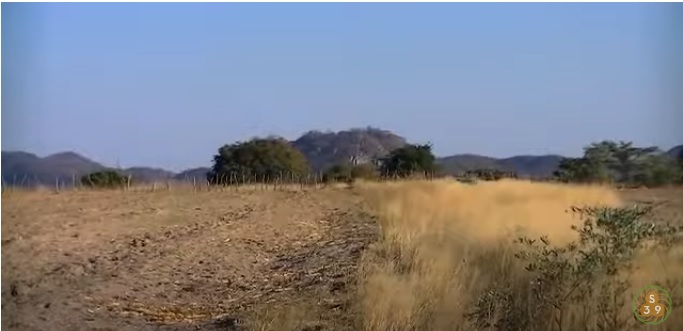Afforestation and Reforestation to increase forest cover and food security
The Forestry Commission encourages farmers to plant forest and fruit trees that will provide economic and food benefits and discourage deforestation. In the semi-arid regions, the Forestry Commission has provided fast growing exotic trees like Acacia which are important in protecting the soil from erosion, while providing firewood and fodder. Zimbabwe wants to increase its forest cover for protection of environment and sustainable development. Each year, the Forestry Commission leads an afforestation program with a target of planting at least 15 million trees. It includes promoting afforestation practices and establishing fruit tree orchards to ensure food and nutrition security at household level.



